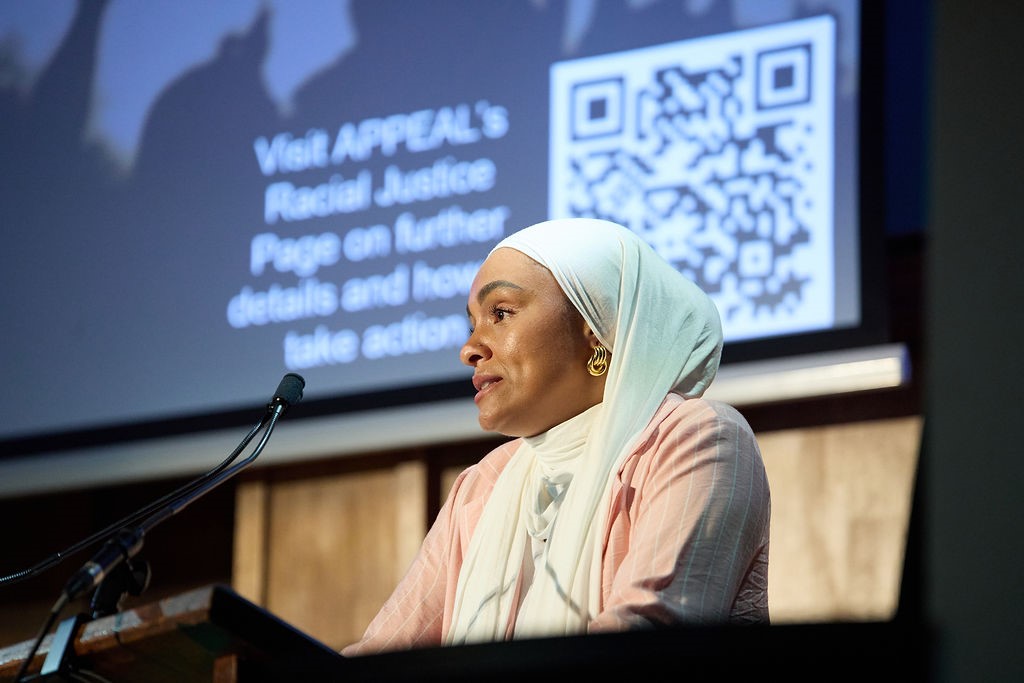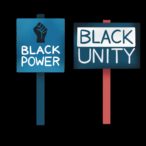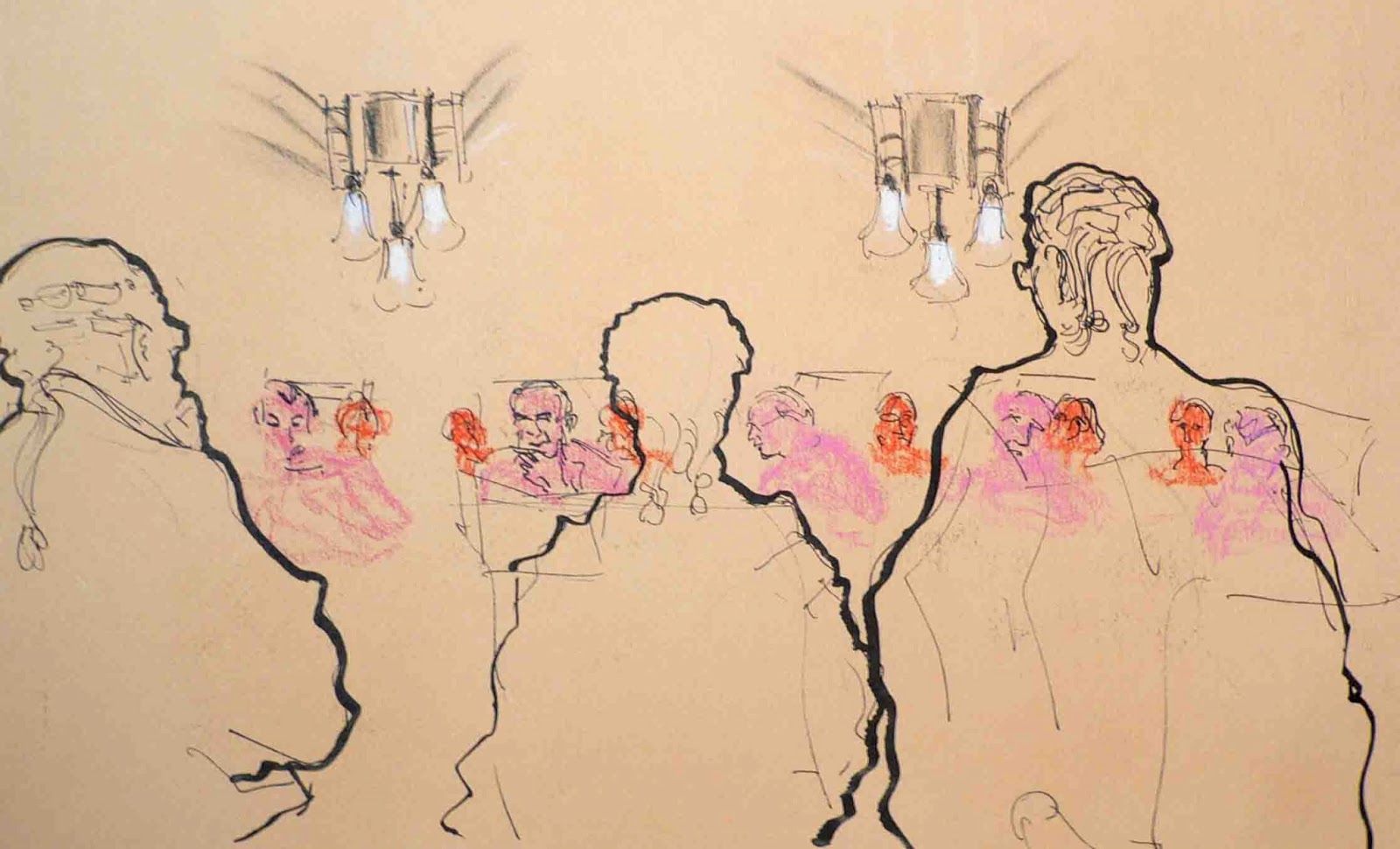Last month the legal charity APPEAL launched a groundbreaking report – Joint Enterprise on Trial. Dr Nisha Waller and Tehreem Sultan observed 17 murder and attempted murder trials at the Old Bailey — 16 prosecuted under joint enterprise and one as a conspiracy. These trials involved 63 defendants, the majority of whom were racially minoritised young adults and children. In this article, they explain why the law is ‘overused and misused’.
Joint enterprise – also known as secondary liability or complicity – has long been a contested area of criminal law in England. Campaigners, families, lawyers and academics have raised concerns about its fairness and legitimacy, particularly in how it is used to prosecute groups of young people for murder, and the troubling prosecution practices that unfold in court.
APPEAL’s report provides a first-of-its kind evidence-base which exposes how the law is being overused and misused, with a clear departure from how the law of complicity should operate. The evidence illustrates that prosecutors rely more on narrative performances as opposed to evidence – shattering lives through overreaching prosecutions, while consuming court time and prison space on cases that should never have gone to trial in the first place.
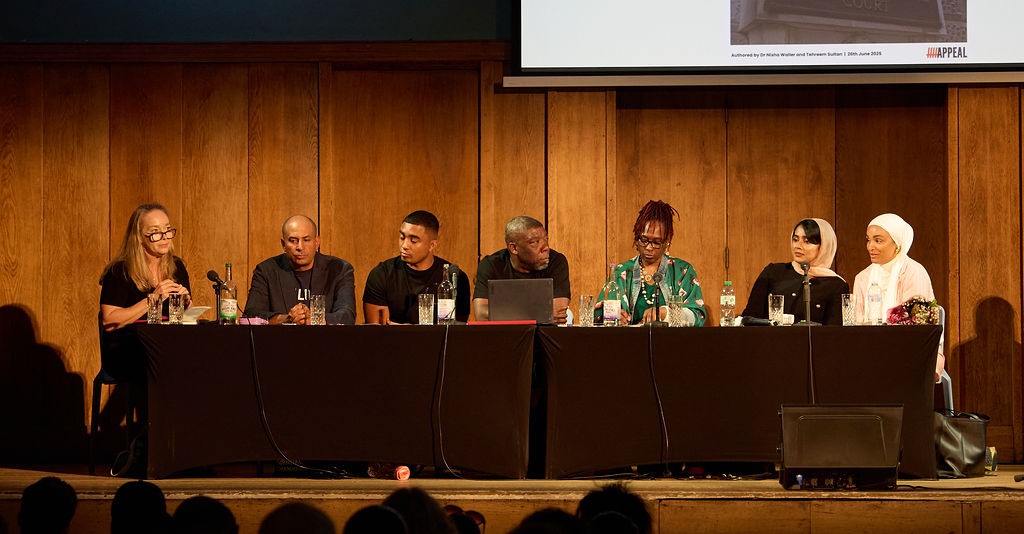 Key Findings: A Wide Net Cast On Weak Grounds
Key Findings: A Wide Net Cast On Weak Grounds
The report presents four key findings, the first being the excessive use of charging powers. Individuals were swept up in murder charges despite only very tenuous connections to the crime and weak circumstantial evidence, reflecting an approach that cast an unreasonably wide net. In one case, a defendant faced seven charges, six of which were thrown out by the judge for lack of evidence. Another case involved seven boys charged with murder primarily based on their ‘voluntary presence’ at the scene; six were acquitted after spending around 14 months in custody. Across the 16 joint enterprise trials there were 55 defendants – 33 of whom were secondary parties charged with murder or attempted murder. Only eight secondary parties were convicted of these offences, indicating a gap between the charges brought and the evidential basis supporting them.
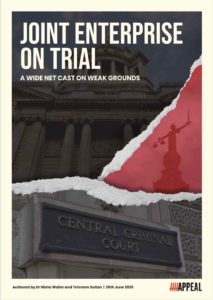 Second, the report illustrates that evidential gaps are often filled by unfair and prejudicial prosecution narrative strategies. The prosecution leaned heavily on theory rather than facts or evidence – constructing a story from a tenuous chain of inferences, which often crossed the line into speculation. In one case, the prosecution argued that a single, inaudible 28-second phone call between two defendants amounted to evidence of ‘coordinated planning’ — a claim not supported by the broader evidence. The jury acquitted both defendants of all counts. Key evidence was overlooked or dismissed by the prosecution when it did not support their case theory, and there was a lack of genuine inquiry into the nuances of what had actually occurred. The researchers also found that prosecutors leaned on vague phrases such as ‘in it together’ or ‘force of numbers’ to gloss over the absence of clear acts of assistance or encouragement.
Second, the report illustrates that evidential gaps are often filled by unfair and prejudicial prosecution narrative strategies. The prosecution leaned heavily on theory rather than facts or evidence – constructing a story from a tenuous chain of inferences, which often crossed the line into speculation. In one case, the prosecution argued that a single, inaudible 28-second phone call between two defendants amounted to evidence of ‘coordinated planning’ — a claim not supported by the broader evidence. The jury acquitted both defendants of all counts. Key evidence was overlooked or dismissed by the prosecution when it did not support their case theory, and there was a lack of genuine inquiry into the nuances of what had actually occurred. The researchers also found that prosecutors leaned on vague phrases such as ‘in it together’ or ‘force of numbers’ to gloss over the absence of clear acts of assistance or encouragement.
Third, the researchers analysed the gang narrative and its double-edge nature. While the explicit term gang was used in only five of the 17 trials, the researchers noted that in other cases, prosecution storytelling was entangled with racialised constructions of crime and criminality, including stereotypes about gangs, drugs, and knife crime, which appeared to be relied on, to strengthen the prosecution’s case. Repeated references to defendants as ‘team’ was just one of the tactics that allowed the prosecution to evoke the powerful connotations of the gang while avoiding the scrutiny that using the explicit label might attract.
Fourth, the report considers the dynamics of the courtroom and its ‘institutional whiteness’. The researchers highlight how prosecution case theory derived its power not only from persuasive argument but also from the courtroom’s structural dynamics – where whiteness, professionalism, and legitimacy are deeply intertwined. The trials took place in spaces dominated by institutional whiteness where 84% of barristers were white and 79% of defendants were from racially minoritised backgrounds, and 60% were Black. This imbalance shaped how proceedings unfolded – from how evidence was (mis)interpreted to the linguistic expectations placed on defendants when giving evidence.
The Economic Costs of Injustice
While the human and social costs of joint enterprise prosecutions are the most profound, the financial implications are also significant – especially amid growing concerns over court delays and prison overcrowding. As of September 2024, the Crown Court backlog reached a record high of 73,105 cases, prompting a national review of the criminal courts aimed at improving efficiency. One proposed solution – reclassifying offences to reduce reliance on jury trials – risks undermining long-standing legal safeguards, while failing to address a key driver of inefficiency: the overuse and misuse of joint enterprise prosecutions.
APPEAL’s report reveals that these prosecutions often clog the courts and prisons with cases that frequently end in acquittals and should never have reached trial. During the six-month observation period, up to a third of the Old Bailey’s courtrooms were occupied by joint enterprise trials – some lasting up to four months. The cost is staggering: across the 17 trials, an estimated 54 years (20,000 days) were spent on remand, including around 19 years (7,000 days) by individuals who were either not convicted or not sentenced to custody. The remand time for this group alone is estimated to have cost between £1 million and £2.2 million. These figures expose the hidden economic toll of prosecutorial overreach – where public money is not delivering justice but performing it at great expense.
What’s Next?
The inappropriate overuse of the law must end. APPEAL recommends legislative reform to narrow the law and create a safer framework for prosecution. If joint enterprise continues to be used, it must be a proper doctrine of complicity – both in law and in practice – grounded in a clear requirement of intent to assist or encourage the principal offence, whilst making a significant contribution to the crime. Anything less encourages inappropriate costly prosecutions and wrongful convictions. But legislative change is not enough. The CPS, police and judges play a critical role in how the law is applied and must take accountability. APPEAL will convene a roundtable with key stakeholders and those implicated in the report to address the overuse and misuse of joint enterprise and chart a path forward .
